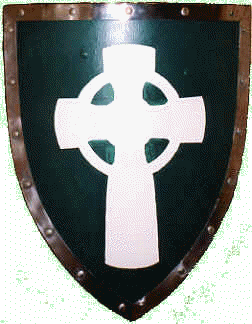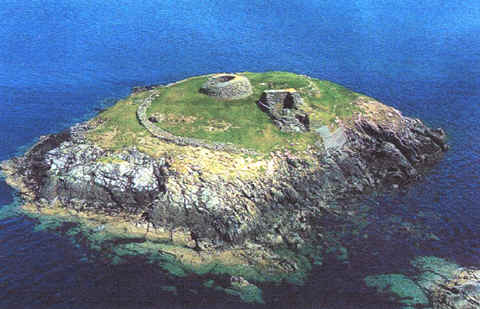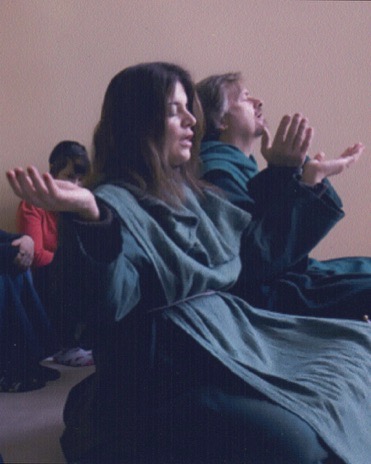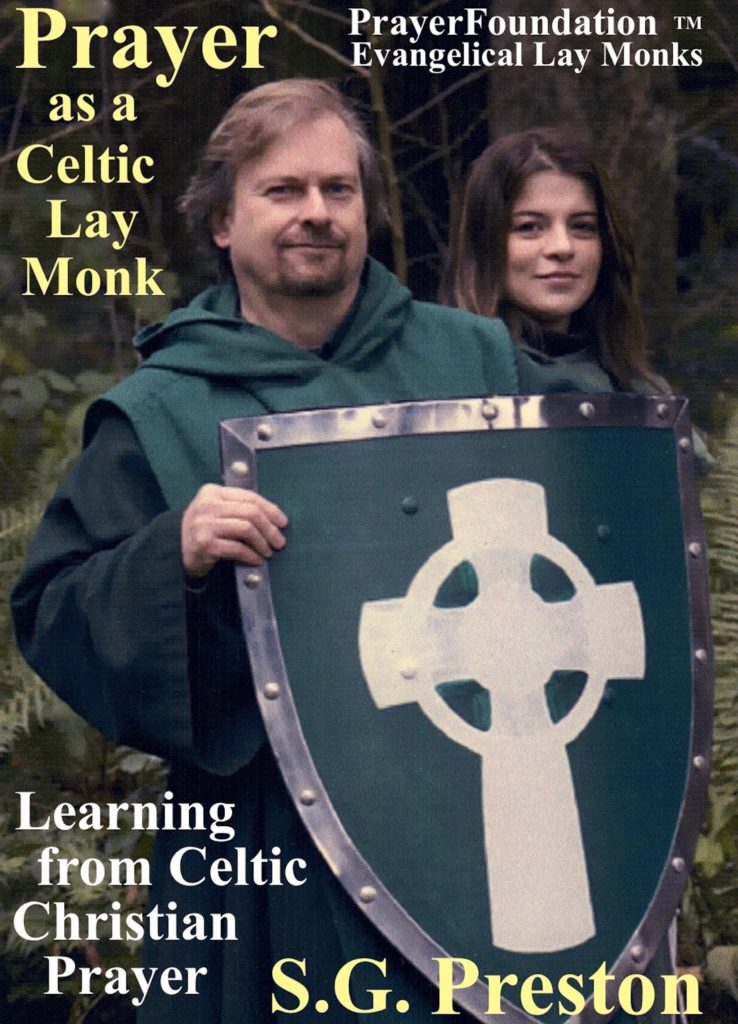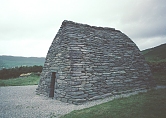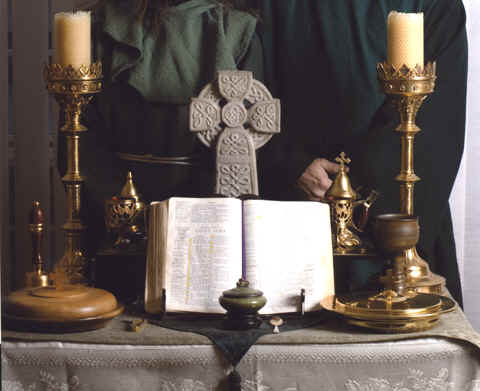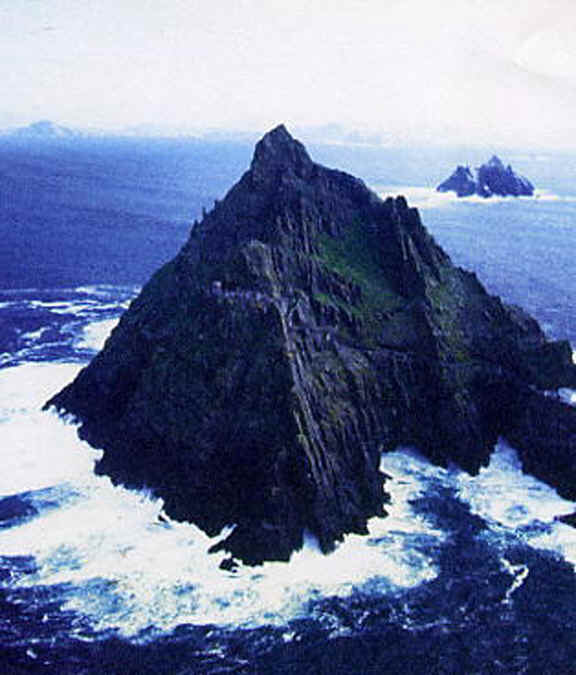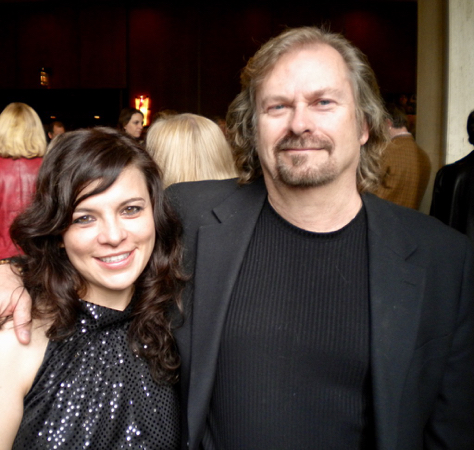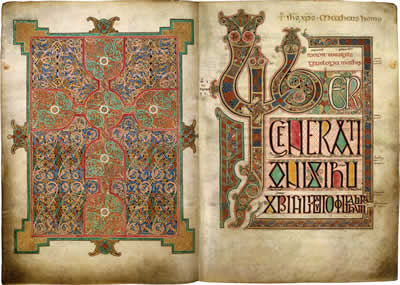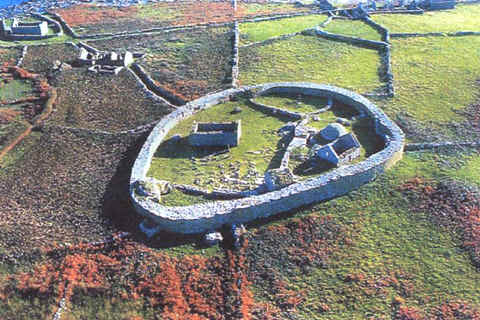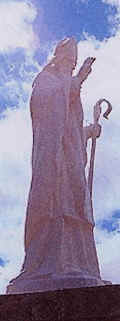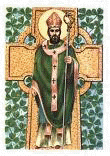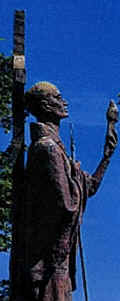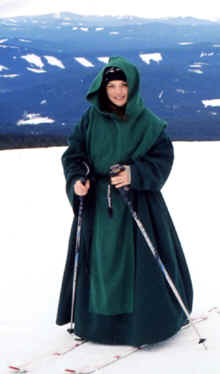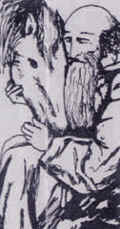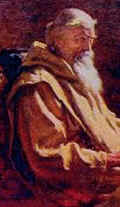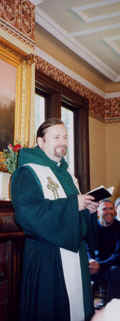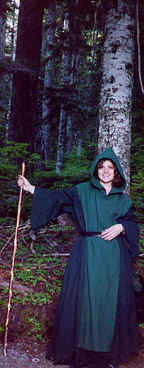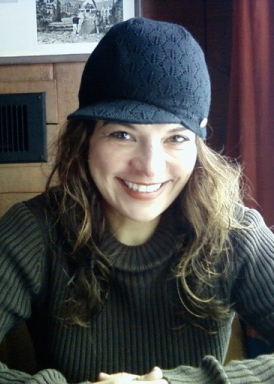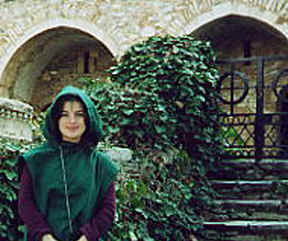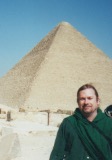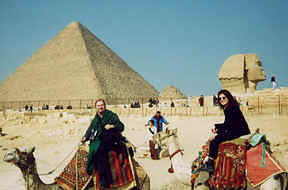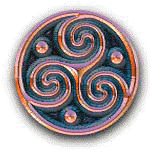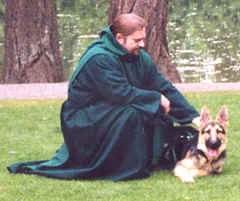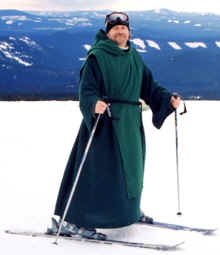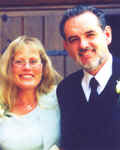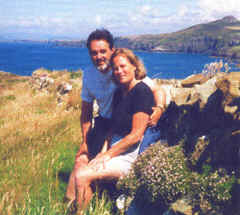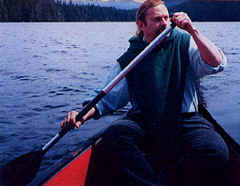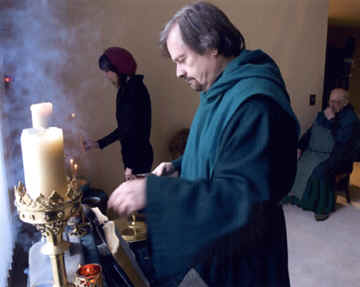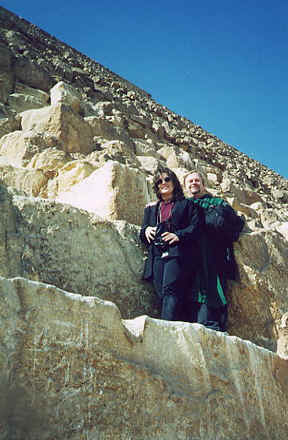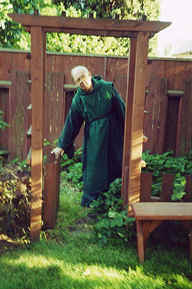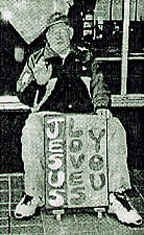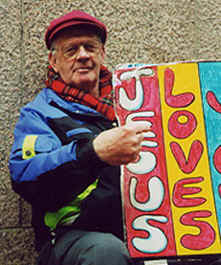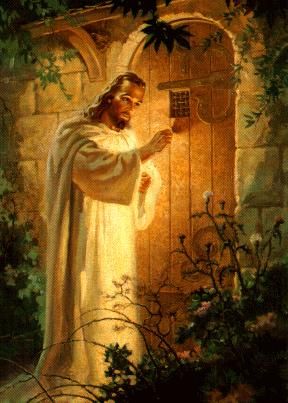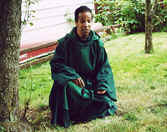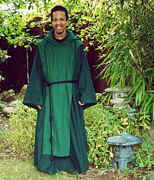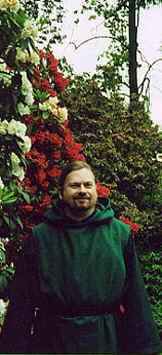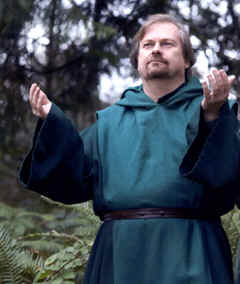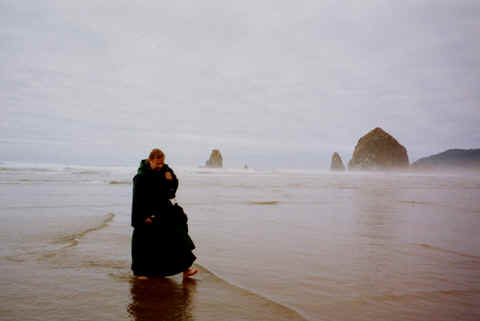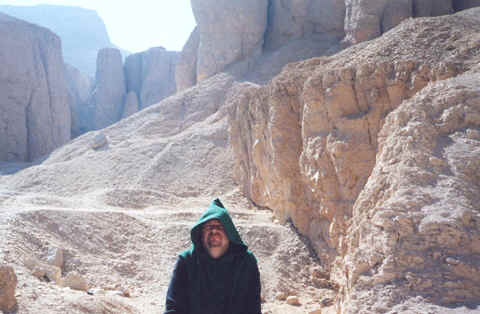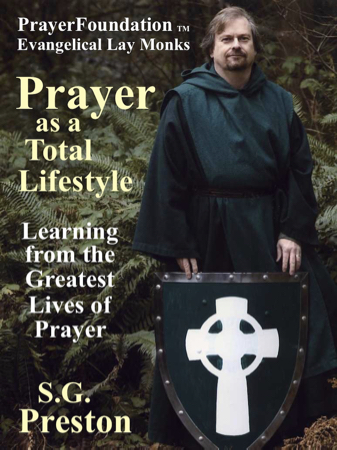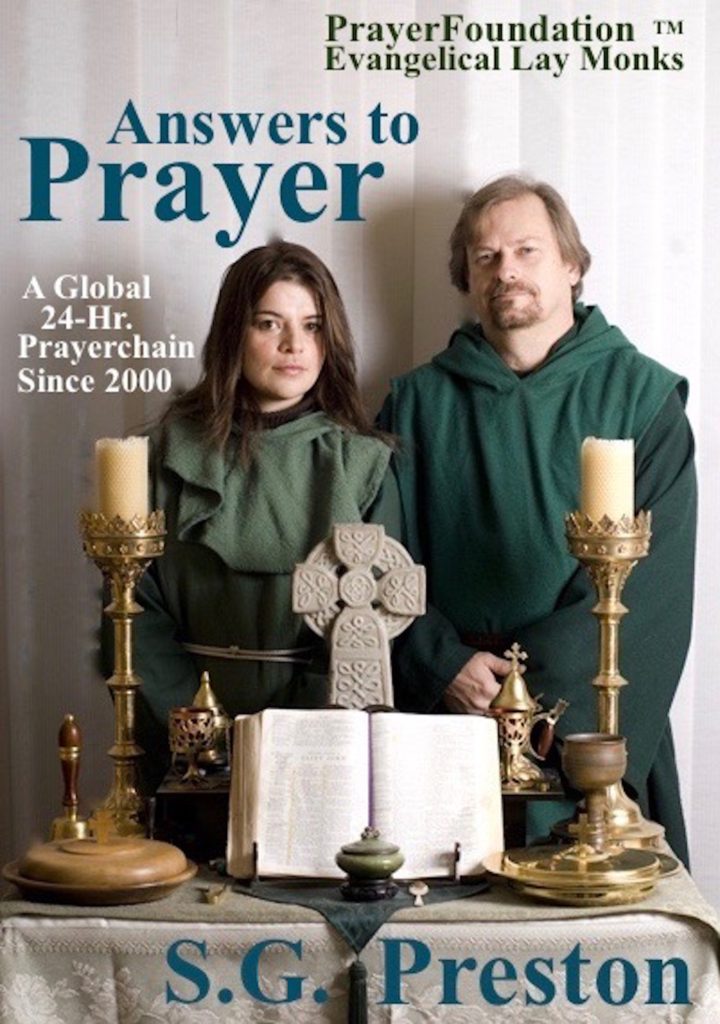See the Reviews this Book received at AMAZON BOOKS.COM — Posted Lower Down on this Page!
"LivE in PRayeR / Live in PEAcE / LivE in PuRity: LivE in CHRiSt"
tHE bESt PRayER tEACHing & RESOuRcES fROm All cHRistiAn cOmmuniOnS & ERaS
Book Review: Prayer as a Celtic Lay Monk by S.G. Preston; Back Cover
S.G. Preston and his wife, Linda Founded the first Evangelical Monastic Order on the Internet in 1999. A 21-year Interdenominational “Mere Christianity” global ministry in all 50 States and 47 Countries. “The Best of Prayer Teaching from All Christian Communions and Eras.”
Anchor your day, and your life, with a dedicated time of daily prayer. Pray the Psalms, memorize, and meditate on Scripture with St. Patrick, Columba of Iona, Aidan of Lindisfarne, and many other Celtic Saints.
Along with “Prayer as a Total Lifestyle: Learning from the Greatest Lives of Prayer,” the first 2 Volumes of this Series are a History of Prayer: 2 Practical Handbooks of the best Prayer Truths, Tips, and Practices.
The 3rd Volume of this Prayer Trilogy, “Answers to Prayer: A Global 24-Hr. Prayerchain Since 2000,” will inspire you and grow your faith for your own prayer requests.
Prayer and God’s word inspired thousands of Celtic Missionary Monks to convert Scotland, Ireland, and northern England to Christ.
Celtic Christian prayer: a continual awareness of the presence of God and of His creation. Simplicity, mystery, joy, and the calming peace of God.
Makes a thoughtful gift for friends, relatives, and young people.
Book Review: Prayer as a Celtic Lay Monk by S.G. Preston; Chap. 2, Section 4
2.4 St. Patrick’s Legacy
Irish Monks Share the Gospel Throughout Europe
Ireland embraced Christianity through Patrick’s ministry. There would soon be monks and monasteries everywhere throughout the length and breadth of the entire island.
In 563 A.D., 102 years after the death of St. Patrick, St. Columba, accompanied by 12 monks, would leave Ireland for the island of Iona off the southwest coast of Scotland. They founded a monastic community, and once settled in, began to convert the pagan Picts of northern Scotland to Christ.
Over the next few hundred years, thousands of other Irish missionary monks would follow Columba’s example, and leave Ireland to preach the Gospel all across the European continent.
After the Empire
The Roman Empire began in 753 B.C. The Western Roman Empire had been overrun by numerous barbarian tribal peoples, including the Goths, Huns, Vandals, and Visigoths, and suffered final collapse in the West on September 4, 476 A.D. This is the date on which the Germanic barbarian Odoacer began his rule by overthrowing Romulus, the last Roman Emperor in the West.
Arianism
The Byzantine Eastern Roman Empire would remain in existence for nearly 1,000 years longer, until conquered in 1453 by the Ottoman Turks. Irish monks, who proliferated after Patrick, because of Patrick, would convert pagan northern Europe to Christianity, and re-convert southern Europe.
When Bishop Arius of Alexandria was exiled from the Roman Empire, he had taken his heretical teachings; denial of the Trinity and denial of the Deity of Christ; and gone as a missionary to the barbarian tribes. He converted the Visigoth ruling class to his cult of Arianism.
This violent tribe was taught by Arius to hate orthodox Christians, and to kill them wherever they found them. Parts of the Visigoth horde drove through Spain and North Africa, massacring Christians in an attempt to wipe them completely off the face of the earth.
Many European Cities Began as Irish Monasteries
When the Irish Celtic Christian monks arrived to evangelize Europe, it was a European continent populated by pagan barbarian hordes. These included Huns, Goths, Vandals, and Visigoths: and the Visigoth ruling class consisted of Arian cultists hostile to orthodox Nicene Christianity.
Celtic Christian monks would lead many to Christ. They would preserve the lost arts, in the West, of reading and writing. Copying each individual manuscript by hand; along with the Scribes of Byzantium in the East; they would preserve the Bible for all future generations.
Irish monks would also establish monasteries all across Europe. Over twenty Celtic Christian monasteries grew up into well-known European cities. These include Trier, Auxerre, St. Gall, Regensburg, Wurzburg, Reichenau, Taranto, Salzburg, and Vienna.
The Film: The Sound of Music
Salzburg, Austria, is famous as the birthplace of Wolfgang Amadeus Mozart. I remember that when Linda and I were visiting the monastery grounds there, we were shown where different parts of the movie The Sound of Music had been filmed, in the very places where the events had actually taken place in real life.
The caves high up in the cliff wall were pointed out to us. Here the original Irish Celtic monks had first settled and lived, when the entire area was still an uninhabited wilderness. Irish monks even founded an Irish Celtic Christian monastery in Bobbio, Italy. It is located in the north of Italy, near the Apennine Mountains.
The monastery in Bobbio is still there, and if you are ever in the area of Milan, you can visit it.
Book Review: Prayer as a Celtic Lay Monk by S.G. Preston; Chap. 9, Section 6
9.6 Prayer: A Sabbath Island in Time
“Mas math leat sith, cairdeas, agus cluain – eisd, faic,‘us fuirich samhach.” “If you wish peace, friendship, and quietness: listen, look, and be silent.” -Old Gaelic Saying
“The LORD is in His holy Temple; let all the earth keep silence before Him.” -Habakkuk 2:20
“To fast is to banquet with angels.” -Athanasius of Alexandria (c. 293-373 A.D.) Author: “On the Incarnation”
Holy Island
I had come to that place in life where I realized that there was no meaning in anything other than in serving Christ. I wanted to grow closer to God in prayer. I wanted more of Christ.
Lindisfarne (Holy Island) is completely surrounded by water only when the tide is in. Pilgrims wait for the tide to go out and the narrow land bridge to appear, which they can then walk across to reach the island.
Aidan was thinking of this, when he wrote about the balance the Celtic monks practiced, between contemplative lives of prayer and the active sharing of the Good News of Christ with the world.
I posted Aidan’s Prayer in the very front of this book, and repeat it here because it sums up what it means for me to live as a Celtic Lay Monk.
Aidan’s Prayer
“Leave me alone with God as much as may be. As the tide draws the waters close in upon the shore, make me an island, set apart, alone with You, God, holy to You.
Then, with the turning of the tide, prepare me to carry Your presence to the busy world beyond, the world that rushes in on me, until the waters return and enfold me back to you.”
Solitude: Be Still, and Know That I Am God (Psalm 46:10)
Today, this day that the Lord has made, began with me seated cross-legged outdoors on our monastery’s deck at sunrise, where I have decided to devote all day on a water fast, mostly to prayer, but also to reading the Bible; while maintaining a still and quiet awareness and appreciation of God and His creation.
When we fast, we are detached from this world; we walk about feeling as though we are angels, finally living only on:
“…every word that proceeds out of the mouth of God.” -Matthew 4:4
The hours pass, crawling lazily by at the pace of a snail. A sleepy snail. Hermiston eats a little, drinks some water; barks, chases, naps. When he wakes up, he eats a little, drinks some water; barks, chases, naps.
Such a Day is One of the Best
All day long. Hermiston seems to be perfectly at one with the day, with God, and with himself. I am seated exactly at his level, seeing the world from his quite different point of view.
Squirrels dart about in short bursts; clouds barely move, drifting ever so slowly through the summer sky. Chirping birds land only to fly away again. The sun moves slowly across the sky and spectacularly sets. Such a day is one of the best.
A Foretaste of Heaven
Brother Lawrence, in the monastery kitchen with his pots and pans, spoke of practicing the presence of God; of being aware of God every waking moment; as one way of praying without ceasing: thinking our every thought to God.
Yet it is also good to set aside a certain time every day to pray without distraction. An hour of the day, set aside for prayer, is like a Sabbath island in time, in which we are temporarily free of all the time pressures and constraints of this life.
For me, this is a good beginning. I find it to be a foretaste of Heaven. Nothing is required of us, and we are free at last to only worship God.
________________________________________________________
Copyright 2019, 2021 S.G. Preston. All Rights Reserved.

Book Reviews of this Book from AmazonBooks.com
St. pAtRicK / bEdE writes abOut AidAN (c. 600-651 A.d.) Of LiNdisfARNE:
“I pray to God to give me perseverance…that I be a faithful witness to Him to the end of my life for God.”
“For daily I expect to be murdered or betrayed or reduced to slavery if the occasion arises. But I fear nothing, because of the promises of Heaven; for I have cast myself into the hands of Almighty God, who reigns everywhere.”
“If I have any worth, it is to live my life for God, to reach these people…“
-St. Patrick, Apostle to Ireland (c. 390-461 A.D.)
“He cultivated peace and love,
purity and humility.
He was above anger and greed,
and despised pride and conceit.
He set himself to keep
and teach the laws of God,
and was diligent in study
and in prayer…
I greatly admire all these things
about Aidan.”
-The Venerable Bede
(672/673-735 A.D.)
Author: The Ecclesiastical History of the
English People
This Website: PrayerFoundation Evangelical Lay Monks ™ Built by: S.G. Preston Ministries ™
Copyright © 1999-2024 S.G. Preston. All Rights Reserved.
Photos & Text Copyright © 1999-2024 S.G. Preston. All Rights Reserved.
